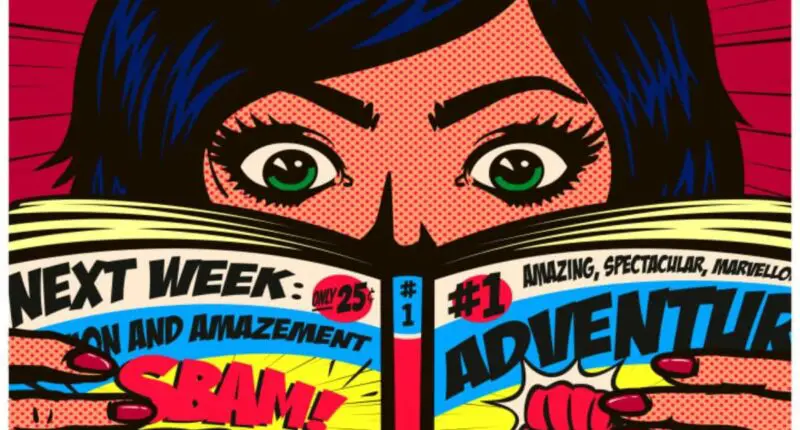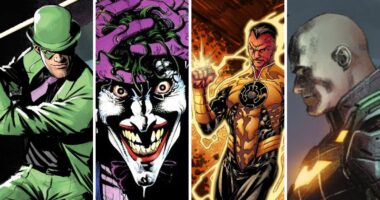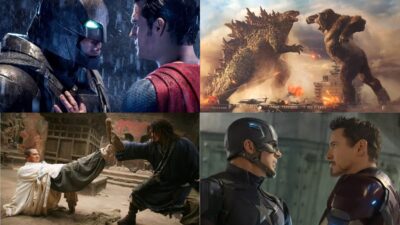In the ever-evolving landscape of education, one thing remains consistent: the necessity for student engagement. Whether in a traditional classroom setting, online learning, or a hybrid model, student engagement is a key ingredient in fostering effective learning environments and boosting academic achievement. Today, as educators strive to make learning an exciting and immersive experience, they’re increasingly looking beyond conventional teaching resources. One such innovative medium is the world of comics and graphic novels. This article aims to explore How To Integrate Comics and Graphic Novels for Student Engagement.
How To Integrate Comics and Graphic Novels for Student Engagement
Use as Introductory Material
Using comics and graphic novels as introductory material is advantageous for several reasons. Firstly, the combination of visual and textual content can provide students with a multi-modal learning experience. This can be particularly helpful for visual learners, who often understand and retain information better when it’s presented visually. Additionally, the use of images can simplify complex ideas, helping students grasp concepts more easily. For instance, historical events or scientific processes, which might seem abstract in a traditional text, can be clearly depicted and contextualized in a graphic novel.
Let’s consider the example of teaching about the civil rights movement using the graphic novel “March” by John Lewis. This graphic novel presents the story of the civil rights movement from the perspective of John Lewis, an American politician and civil-rights leader. The combination of compelling visuals and a narrative structure allows students to ‘experience’ the events, rather than just reading about them. This not only sparks interest but also provides a foundation of understanding that can be built upon in subsequent lessons. Students can see the faces of important figures, visualize the marches and protests, and understand the emotional impact of these events. Then, when they move on to more complex readings and discussions, they already have a solid context and basic understanding to work from.

Promote Visual Literacy
Visual literacy is the ability to interpret, negotiate, and make meaning from information presented in the form of an image. In today’s world, where digital technology and visual media are pervasive, being visually literate is just as important as being able to read and write. Visual literacy extends beyond just understanding pictures or symbols; it includes the ability to interpret the narrative, themes, and concepts expressed through visual cues like color, composition, and form. In essence, it involves the capacity to ‘read’ visuals and draw interpretations based on them.
Comics and graphic novels can be a powerful tool for developing visual literacy skills. The combination of text and images offers a rich narrative medium that challenges readers to interpret and synthesize visual and textual information. By asking students to analyze the visual elements in a comic or graphic novel — for instance, how the layout influences the pacing of the story, or how color choices set the mood or clarify character traits — we’re encouraging them to actively engage with the content and cultivate their visual literacy skills. This practice can be further developed by asking students to create their own visual narratives, which requires them to consider how to visually represent their ideas effectively. This multi-modal approach to reading and comprehension not only enhances visual literacy but also encourages critical thinking and creativity.
Pairing with Traditional Texts
The strategy of pairing comics and graphic novels with traditional texts opens up a host of opportunities for enriched learning experiences. By presenting the same story in two different formats, you offer students a dual perspective and a chance to understand the nuances of narrative construction. For instance, in the case of “The Great Gatsby,” a graphic novel adaptation can bring to life the vibrant world of the Roaring Twenties, the complex emotional landscapes of characters, and the pivotal scenes in a visual way that complements F. Scott Fitzgerald’s rich descriptive prose. Students can visually see the pomp and grandeur of Gatsby’s parties or the stark contrast between different social settings. The visuals can help make abstract concepts concrete and aid comprehension, particularly for visual learners.

Encourage Creativity and Storytelling
Encouraging creativity and storytelling using comics and graphic novels is a powerful way to make students active participants in their learning. In this pedagogical strategy, the medium of comics becomes not just a source of information, but also a form of expression. Students are asked to synthesize their understanding of a topic or their personal experiences into a narrative format that combines words and visuals. This task demands a high level of critical thinking and creativity as students need to interpret information, distill key points, and communicate them in a way that is engaging and informative. This practice aligns with Bloom’s taxonomy’s higher levels of learning, including analysis, synthesis, and evaluation.
Reading for Pleasure
While using comics and graphic novels for educational purposes is a great strategy, it’s also crucial to encourage students to read them for pleasure. Having a library of diverse comics and graphic novels in your classroom can help foster a love of reading. Allow students to explore the collection, recommend their favorites to each other, and discuss the books in class. This can help cultivate a reading culture in your classroom, and students who read for pleasure tend to have higher academic achievement overall.

Evaluating Student Engagement
Understanding the impact of integrating comics and graphic novels into classroom instruction requires an effective evaluation of student engagement. This assessment is pivotal in determining whether the chosen approach is enhancing the learning experience and fostering desired learning outcomes.
- Qualitative Assessment: This type of assessment aims to understand the subjective and experiential aspects of student engagement. In the context of using comics and graphic novels, teachers can conduct one-on-one interviews or have students write reflections about their learning experiences. Open-ended questions about how the students felt, what they enjoyed, what they found challenging, and what they learned can provide invaluable insights.
- Quantitative Assessment: Quantitative assessments can provide measurable data on student engagement. This could include tracking the time spent on reading assignments, completion rates of assignments, or improvements in test scores. Teachers could also use pre- and post-tests to measure learning gains after the integration of comics and graphic novels into the curriculum.
- Feedback Mechanisms: Regular feedback from students can also provide an understanding of how they perceive the use of comics and graphic novels in their learning journey. This could be done through anonymous surveys or suggestion boxes.
- Classroom Dynamics: Observing changes in classroom dynamics can be another key indicator of increased engagement. This could be measured through increased participation in class discussions, enthusiasm in collaborative work, or eagerness in completing assignments.
- Learning Outcomes: Ultimately, the impact of using comics and graphic novels should be reflected in students’ overall learning outcomes. This could be assessed by analyzing improvements in literacy skills, the ability to grasp complex concepts, or increased interest in reading and learning.
Also Read: 10 Common Questions About Artificial Intelligence Everyone is Asking and Their Answers



